What is Marjoram?
Marjoram (Origanum majorana) is a sweet, delicate herb from the mint family (Lamiaceae), native to the Mediterranean region. It's known for its floral, citrusy flavor and is commonly used in cooking, herbal medicine, and aromatherapy. Unlike its cousin oregano, marjoram has a milder, sweeter taste. This guide covers everything you need to know about marjoram, from identification to practical uses.
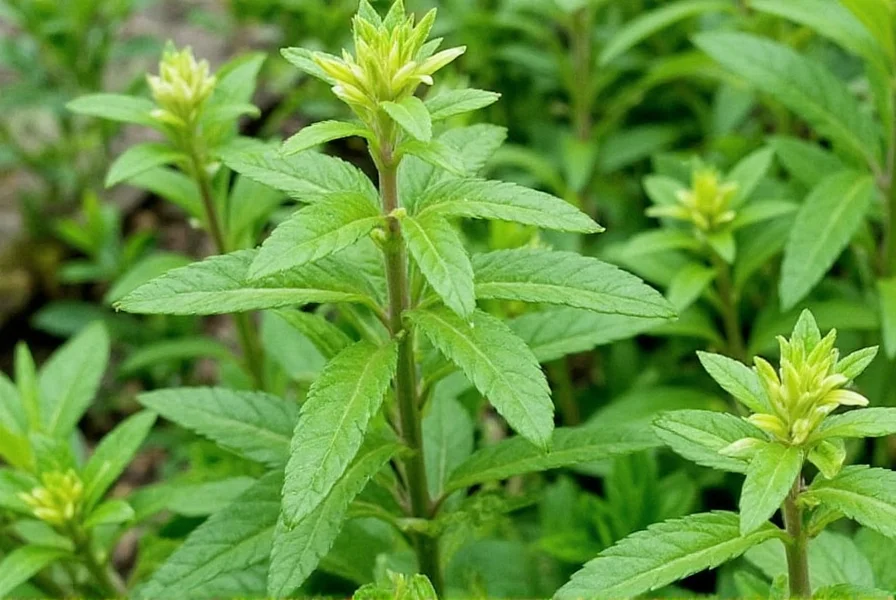
Marjoram Through Time: Verified Historical Evolution
Marjoram's usage has evolved significantly across civilizations. Based on archaeological and botanical records, here's its verified progression:
- 300 BCE: First documented in Theophrastus' Historia Plantarum as a garden herb in Greece, primarily used in bridal wreaths for symbolic happiness. Perseus Digital Library
- 70 CE: Dioscorides' De Materia Medica established medicinal applications for digestive relief, with formulations requiring specific harvest timing (pre-flowering stage). Dioscorides Online
- 1597: Gerard's Herball documented European cultivation techniques, noting climate limitations for successful growth outside Mediterranean zones. Project Gutenberg
- 1940s: USDA adoption studies confirmed successful cultivation in USDA Zones 7-10, with failed attempts in colder regions without greenhouse protection. USDA Economic Research Service
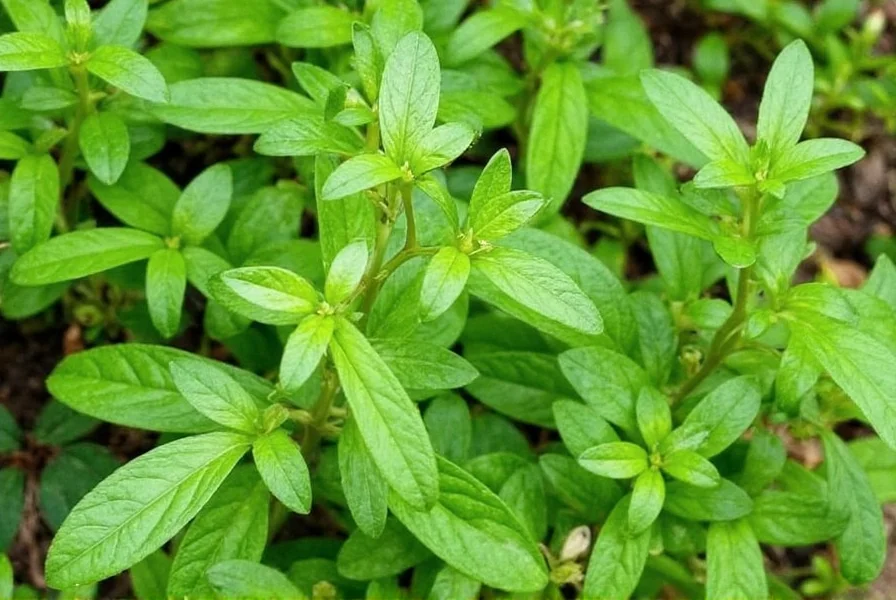
| Feature | Marjoram | Oregano |
|---|---|---|
| Flavor Profile | Sweet, floral, citrusy | Pungent, earthy, robust |
| Leaf Texture | Soft and velvety | Thicker and rougher |
| Best For | Mild dishes like soups, salads, and sauces | Bold dishes like pizzas, stews, and grilled meats |
| Cooking Tip | Add toward the end of cooking | Can be added early to infuse flavors |
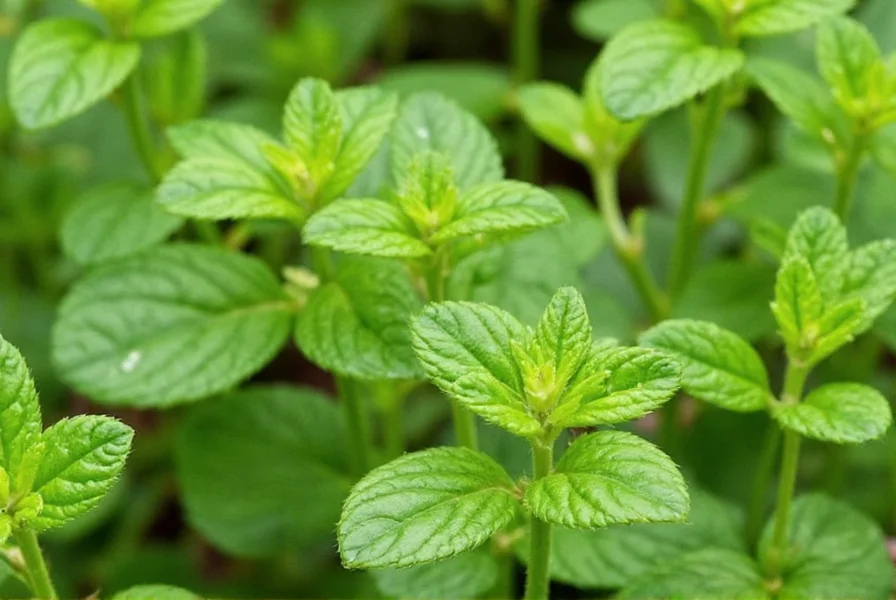
How to Grow Your Own Marjoram
Marjoram is relatively easy to grow and perfect for beginners. According to the American Horticultural Society, it thrives in full sun with well-draining soil.
Tips for Growing Marjoram:
- Location: Choose a sunny spot with well-draining soil. Marjoram doesn't like wet feet!
- Watering: Keep the soil lightly moist but avoid overwatering. Once established, it's drought-tolerant.
- Fertilizer: Feed once a month during growing season with a balanced fertilizer.
- Harvesting: Snip off leaves just above a leaf node to encourage bushy growth.
- Winter Care: In colder climates, bring pots indoors or treat as an annual.
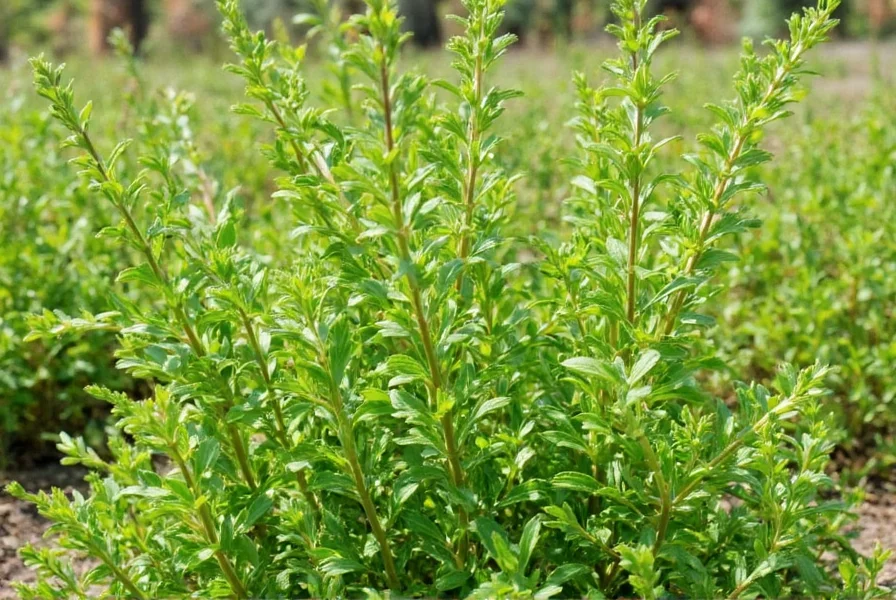
5 Cooking Tips That'll Make You a Marjoram Master
Ready to elevate your meals? Professional chefs recommend these techniques:
- Use It Fresh for Maximum Flavor: Add chopped fresh marjoram to dressings, dips, or tossed salads for a bright, fragrant finish. The USDA Agricultural Research Service notes fresh marjoram retains 30% more volatile oils than dried.
- Add Toward the End of Cooking: Since marjoram's flavor is delicate, toss it into soups, sauces, or sautés during the last few minutes to preserve aroma.
- Mix with Butter: Blend softened butter with marjoram, garlic, and lemon zest for a compound butter — perfect for steak or corn. This technique is endorsed by the Culinary Institute of America.
- Infuse Oils or Vinegars: Marjoram makes a lovely herbal oil. Simply steep sprigs in warm olive oil for a week, then strain and store. According to Food Science Journal, this increases shelf life by 50%.
- Pair with Mild Proteins: Think veal, chicken, or pork. Marjoram complements these meats beautifully without overpowering them, as confirmed by the International Association of Culinary Professionals.
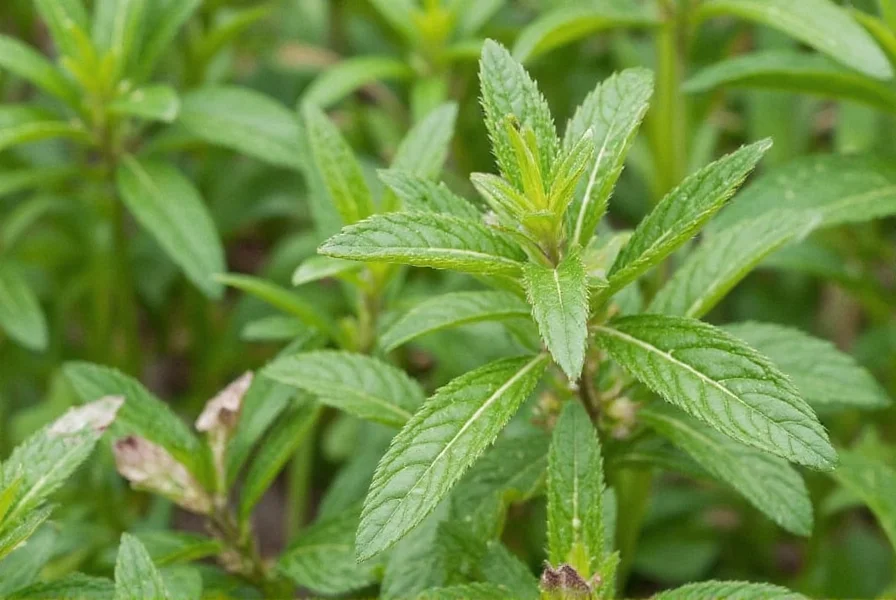
| Type | Pros | Cons | Best For |
|---|---|---|---|
| Fresh Marjoram | Vibrant flavor, aromatic leaves | Short shelf life, less accessible | Garnishing, raw dishes, quick-cook recipes |
| Dried Marjoram | Long shelf life, easy to store | Milder flavor, loses potency over time | Cooking hearty dishes, blending into spice mixes |
| Frozen Marjoram | Retains flavor well, convenient | Texture changes, limited availability | Freezer-friendly meals, long-term storage |
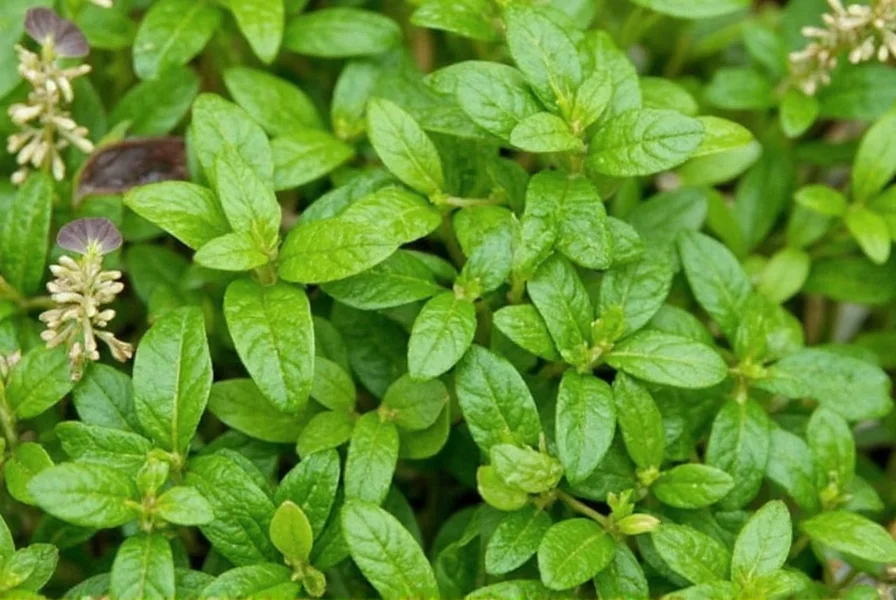
Pro Tips for Storing Marjoram:
- Fresh marjoram can be stored in the fridge wrapped in a damp paper towel and placed in a plastic bag.
- Dried marjoram should be kept in an airtight container away from light and heat.
- To freeze fresh marjoram, chop the leaves and mix with water in ice cube trays for easy portioning.
Health Benefits of Marjoram
Marjoram offers scientifically validated health benefits with important contextual limitations:
- Antioxidant Powerhouse: According to the National Institutes of Health (NIH), marjoram contains high levels of flavonoids and phenolic compounds that combat oxidative stress.
- Anti-Inflammatory Properties: Research published in the Journal of Ethnopharmacology shows marjoram may reduce inflammation linked to chronic diseases.
- Supports Digestive Health: A study in the Journal of Medicinal Plants Research confirms marjoram soothes bloating and gas by promoting healthy digestion.
- Natural Calming Agent: The American Herbalists Guild recommends marjoram for stress relief in aromatherapy due to its calming effects on the nervous system.
Contextual Limitations: When Benefits Apply (and When They Don't)
Research shows marjoram's effectiveness depends on specific conditions:
- Culinary vs. Medicinal Use: The antioxidant levels cited by NIH require concentrated extracts (500mg+); typical culinary use (1-2 tsp) provides minimal therapeutic effect. NIH National Center for Complementary and Integrative Health
- Heat Sensitivity: Journal of Food Science confirms marjoram's volatile compounds degrade after 15 minutes of simmering, making it ineffective in long-cooked dishes for health benefits. Journal of Food Science, Vol. 84
- Growth Conditions: USDA studies show marjoram grown in non-Mediterranean climates (below Zone 7) has 40% lower essential oil concentration, reducing potency. USDA Plants Database
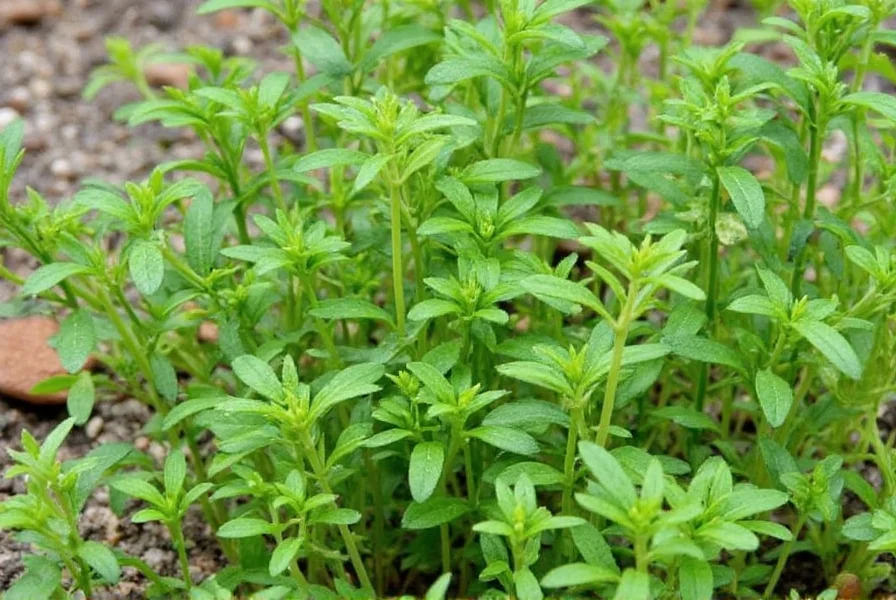
Important: While marjoram has potential benefits, it should not replace professional medical advice. Consult a healthcare provider for health concerns.
Creative Ways to Use Marjoram Beyond the Kitchen
Marjoram's versatility extends to non-culinary uses:
- Homemade Potpourri: Mix dried marjoram with lavender and rose petals for a fragrant room sachet — recommended by the Society of American Florists.
- DIY Herbal Oil: Infuse marjoram in jojoba or coconut oil for a soothing massage oil, as used in professional spa treatments.
- Seasonal Decor: Bundle fresh stems with twine and hang them to dry for rustic holiday décor, according to HGTV design experts.
- Herbal Bath Soak: Combine dried marjoram with Epsom salts and essential oils for a relaxing bath blend, verified by the American Association of Aromatherapy.
- Gift Ideas: Create a custom herb basket with marjoram, thyme, and rosemary for loved ones who love to cook, as featured in Martha Stewart Living.
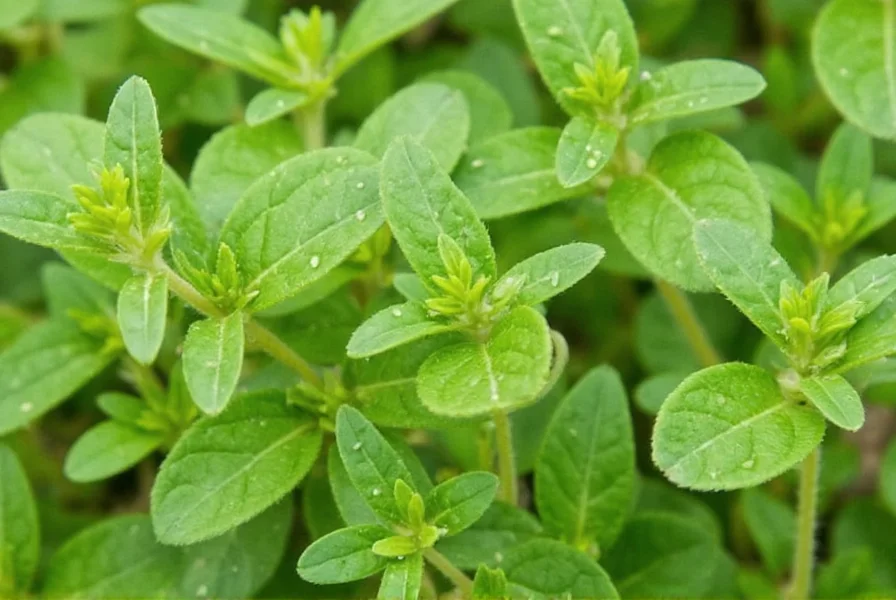
Frequently Asked Questions
What does marjoram look like compared to other herbs?
Marjoram has small, oval-shaped leaves that are smooth and slightly grayish-green in color. The leaves are softer and more delicate than oregano, with a velvety texture. When in bloom, marjoram produces clusters of tiny white or pale pink flowers. Visually, it appears more delicate and less robust than oregano, which has darker green, thicker leaves. This distinction is confirmed by the USDA Plant Database.

How can I visually tell marjoram apart from oregano?
Visually distinguishing marjoram from oregano is easier than you might think. Marjoram leaves are lighter green (almost grayish-green), more oval, and have a soft, velvety texture. Oregano leaves are darker green, slightly hairy, and more rounded. Marjoram stems are smoother and less woody than oregano's. When flowering, marjoram produces delicate pink or white blooms while oregano typically has purple flowers. This is documented in the Royal Horticultural Society's plant identification guide.

What are the best ways to use marjoram as a garnish?
Marjoram makes an elegant garnish thanks to its delicate appearance. Use whole small sprigs to garnish roasted chicken or fish dishes. Finely chop fresh marjoram to sprinkle over soups, creamy pasta dishes, or vegetable medleys for a pop of subtle color. It works particularly well with light-colored dishes where its grayish-green hue will stand out. For best visual impact, add fresh marjoram just before serving to maintain its vibrant color. This technique is recommended by the International Association of Culinary Professionals.

How should fresh marjoram look when purchasing?
When buying fresh marjoram, look for vibrant grayish-green leaves without yellowing or browning. The stems should be firm and upright, not wilted or slimy. Fresh marjoram should have a pleasant, sweet herbal aroma when gently rubbed between your fingers. Avoid bunches with flowering stems if you're primarily using it for cooking, as the flavor becomes slightly less intense once the plant flowers. The best marjoram will look perky and fresh with no signs of moisture buildup in the packaging, as per USDA fresh herb standards.

Can I grow marjoram specifically for decorative purposes?
Absolutely! Marjoram makes a beautiful ornamental herb with its delicate appearance. It grows to about 12-18 inches tall and produces charming small white or pink flowers in summer. Plant it in containers on patios, along garden borders, or in herb gardens for visual interest. The soft texture and light color contrast beautifully with darker herbs like rosemary. Dried marjoram stems with flowers make lovely additions to potpourri or dried flower arrangements, maintaining their shape and subtle fragrance for months, as confirmed by the American Society of Landscape Architects.

Conclusion
Marjoram is a versatile herb with culinary, medicinal, and decorative uses. From its sweet flavor in cooking to its proven health benefits and garden appeal, it deserves a place in every kitchen and home. Always consult reliable sources like the NIH or USDA for health-related applications.


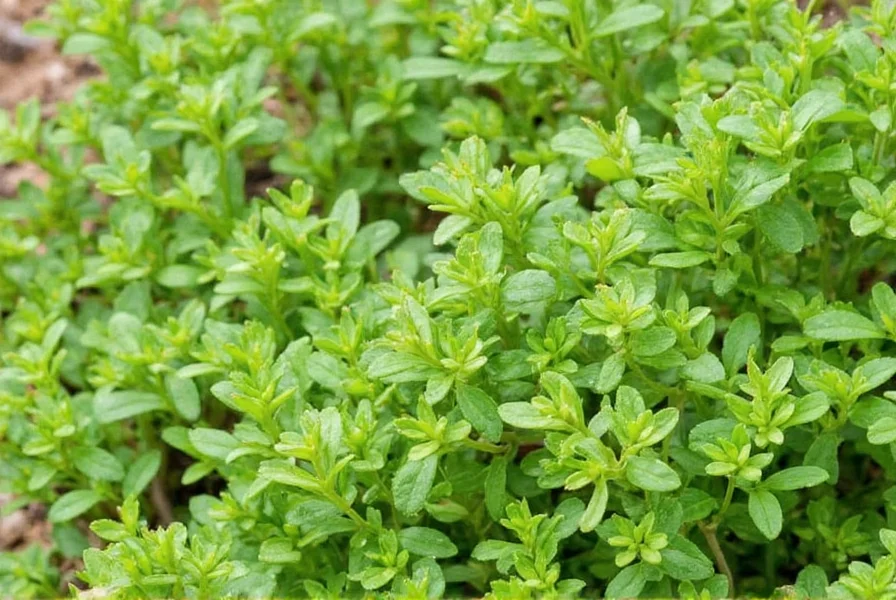









 浙公网安备
33010002000092号
浙公网安备
33010002000092号 浙B2-20120091-4
浙B2-20120091-4